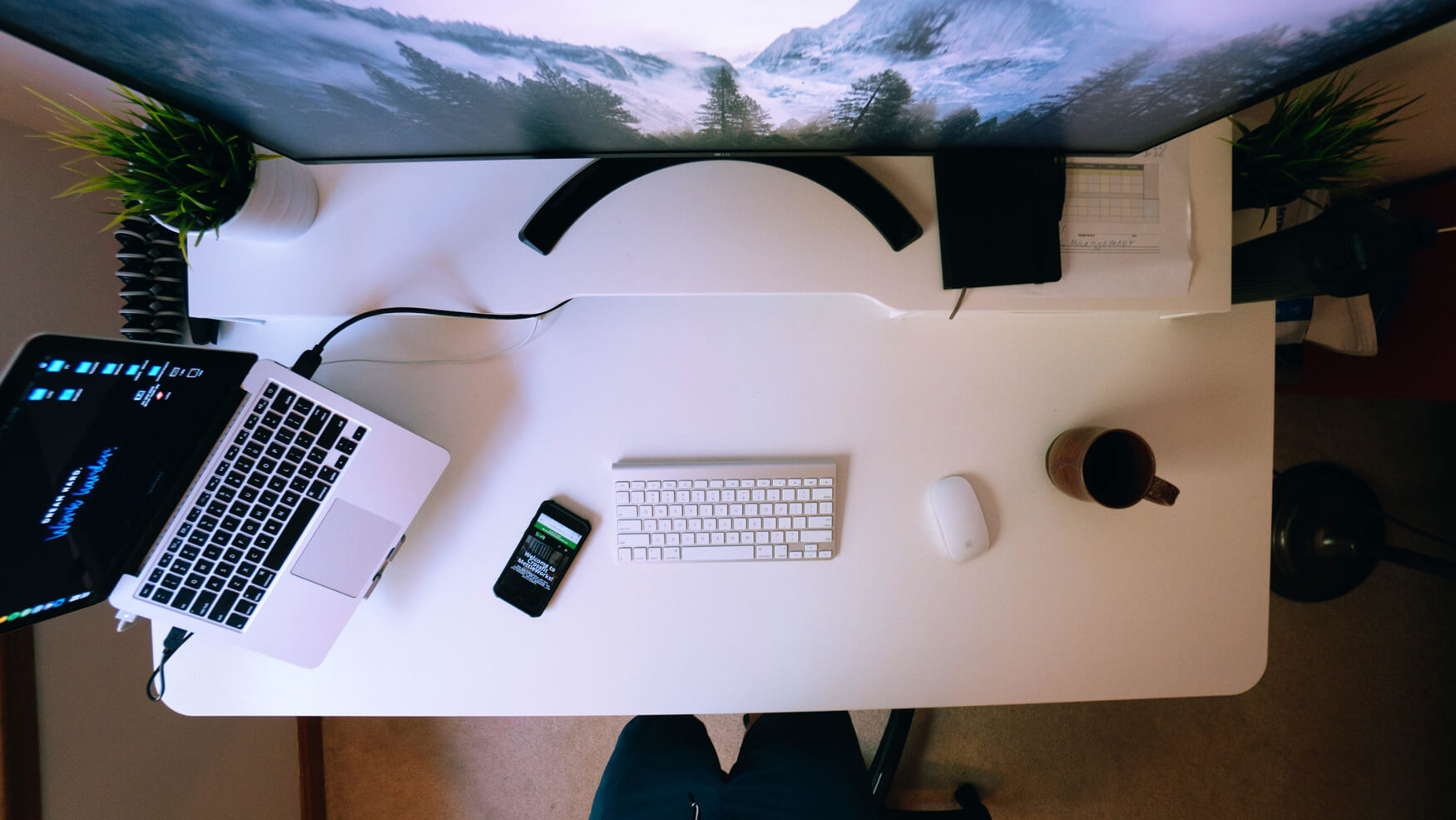The big picture: While making predictions about the future is always a challenging business, there's one prognostication I think we can all agree to: over time, people are going to have an increasing number of "computing" devices.
Hard to argue with that one, given the enormous diversity of intelligent gadgets becoming available, and the wide range of devices that people are purchasing. Beyond this basic premise, however, there are numerous questions about exactly what form these new devices will take, what operating system they might run, whether they will be cloud-based or locally powered, driven by voice-based or touch-based interfaces, and much more. Toss in a number of exciting forthcoming component technologies---everything from foldable displays, to AI accelerator chips, to 5G and other speedy connectivity enablers---and the range of potential options becomes enormous.
Truth is, the variety of future end user computing devices is going to be amazing. However, incredible new devices may not translate into amazing sales. It's very possible that none of them individually will reach the shipment levels we've seen for things like smartphones, PCs and TVs and other common end-user computing devices of today. Instead, we'll end up seeing a lot more focused and even fixed-function intelligence.
But that's OK. In fact, it's not just OK, it's great because it's going to increase the variety of choices that people can select from and enable individuals to get exactly the kinds of devices that meet their specific set of needs. Directly related to this is something I've termed O'Donnell's Law of Devices: the more devices you own, the less important each one is (and the less reliant you become on any single device).
O'Donnell's Law of Devices: the more devices you own, the less important each one is (and the less reliant you become on any single device)
The implications of this are extremely important both for device makers and platform providers. Realistically, no one is going to only own devices from a single vendor and run only a single platform, especially when you consider cloud-based services and platforms and voice-based user interfaces. That means everyone is going to require a way to get their personal collection of gadgets to work together, including employer provided or BYOD devices. More importantly, it also requires a straightforward method for people to extract the information stored across all of these devices (documents, entertainment, personal data, applications, etc.) and combine it all into a collective whole. Essentially, they need some type of digital identity---a concept I believe will be at the very crux of end user computing as we move into the future.
Of course, connecting all of those devices and making them work as an integrated system as opposed to a bunch of random parts won't be easy. In fact, it's going to be a staggeringly difficult challenge that platform leaders like Microsoft, Google, Apple, Amazon and others are going to struggle with for some time. Progress is being made in this area, but we still have a long way to go. One point I will make regarding these developments is that companies who are not only aware of, but also embrace the diversity of device, operating system, and compute model options are likely to be the best suited for long-term success. Platform lock-in and walled gardens of any kind are simply not sustainable long term.
From a form factor perspective, the range of future end user computing devices will be very diverse. But, it's important to remember that as human-focused devices, they all still need to provide a means for us to interact with our various senses in simple, elegant ways. That means we need displays to see, speakers and microphones to speak and listen to, physical input methods to feel and touch, and so on. Of course, there are already interesting variations on these basic elements, and I expect to see more over time.
The variety of new devices is going to increase tremendously in the future, but the real trick is going to be getting them to work together.
The bigger challenge in determining new form factors is figuring out the right combination of these elements. In addition, future devices will need to be designed around the diversity of platforms. So, for example, consider a large display-based devices that can wirelessly, automatically, and seamlessly connect with all the "intelligent" devices within a given range and split up its screen real estate to show the various platforms/interfaces---perhaps separated by some sort of virtual machine-based platform "sandboxing" technology. Physically, that may not be significantly different from large displays of today, but functionally, that could open a whole new range of interactions and data sharing across different devices.
In addition, the more devices we have, the greater the need for transparency into how they're all connected, the kind of information they're sending or receiving, the sources and/or devices with which they're doing that sharing, etc. Today, smart home-focused WiFi mesh systems are seen as little more than utilitarian connectivity tools, for example, but with the right kind of interface, they could potentially offer a wealth of insight into how and where information is going within a connected household.
Ultimately, the goal is to develop products, as well as software and services, that can help overcome the challenges of working with multiple devices. Everything from software-based tools that allow you to see and interact with your smartphone's apps and data from your PC (such as Dell's new Mobile Connect app and Microsoft's new Continue on PC app) to devices that can automatically "find" and connect to related products, the future of end user computing is going to be all about the subtle but important changes that can make our devices work better together.
Bob O'Donnell is the founder and chief analyst of TECHnalysis Research, LLC a technology consulting and market research firm. You can follow him on Twitter @bobodtech. This article was originally published on Tech.pinions.
Image credit: Nate Grant via Unsplash
